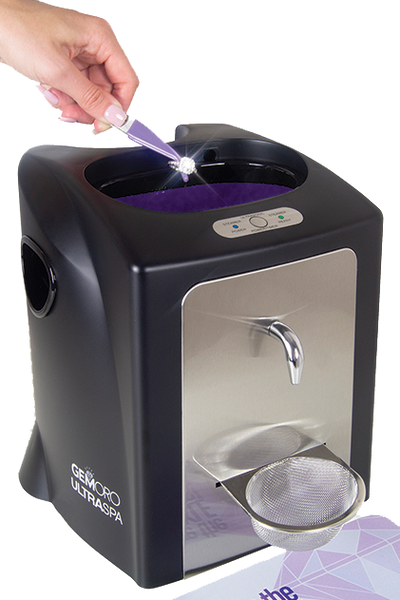Timeless Technology: How Does Watch Movement Work?
Over 1.2 billion watches have been sold worldwide. Time is something you always need to keep track of. Whether it is for work, school, picking up your kids, it regulates every moment of our lives.
We are always wearing watches, but have we ever took the time to think about how exactly they work? For example, the movement of a watch, aka the caliber, is what controls the hands on the watch to make it tick.
If you are keen on learning more, below we will discuss how watch movement makes your watch keep ticking.
Types of Watch Movement
There are three basic types of watch movement: mechanical, quartz, and automatic. Below we will explore how these watches work and how they differ.
Mechanical
A mechanical watch (aka manual watch) requires you to wind it up to get it to work. You must wind the watch daily, it isn’t a one-time thing. Since you’re winding the watch to operate it, manual watches don’t need batteries.
Wind the watch before you put it on your wrist. Make sure to wind it until you feel resistance on the crown (the knob on the outside of the watch). This will let you know the watch is fully wound. Do not force it to go past this point (otherwise, you could cause damage to the watch).
To set the time and wind the watch you must first pull out the crown of the watch and turn it. Once you have set the time and it is fully wound you will push the crown back into the watch to activate it.
When turning the crown, there are a few steps that are happening inside the watch. The escapement and balance wheel are controlling the mainspring’s power. To get that power from the escapement to the mainspring, they’re connected by a wheel train (gears).
All these parts function together to release the stored energy (power). It will do so in increments allowing the clock to tick accurately.
Automatic
An automatic watch is a type of mechanical watch, but with a self-winding feature. You don’t have to wind the watch yourself. A weight (aka rotor) is placed inside which swings 360 degrees to place tension on the mainspring.
This tension will wind the mainspring allowing the clock to start ticking. The weights swing is based on the motion of your arm while you’re wearing the watch.
You don’t need to wear it 24/7 to keep it running. The energy that is stored while you wear it will keep it operating throughout the night. The only time you would need to wind an automatic watch is when you first buy it, or if you don’t wear it regularly.
Quartz
Unlike the other two types of watches, a quartz watch requires a battery to operate it. The battery in the watch releases electricity through an electronic circuit. This electricity is then transferred into a quartz crystal. This causes the quartz crystal to vibrate, making it oscillate (swing back and forth).
The electrical circuit will count each vibration and create electrical pulses. These pulses will power an LCD or electric motor, which will turn the gear wheels. Once the gears are moving your watch will start ticking.
Time Is of the Essence
Now that we have explored the different types of watch movement, it’s time to pick which one is right for you. Do you want to control your watch or do you want it to do all the work for you?
Reach out to us today if you have any further inquiries about watches.



